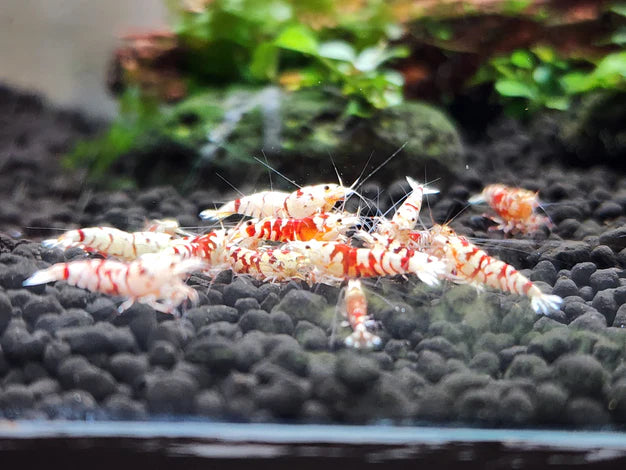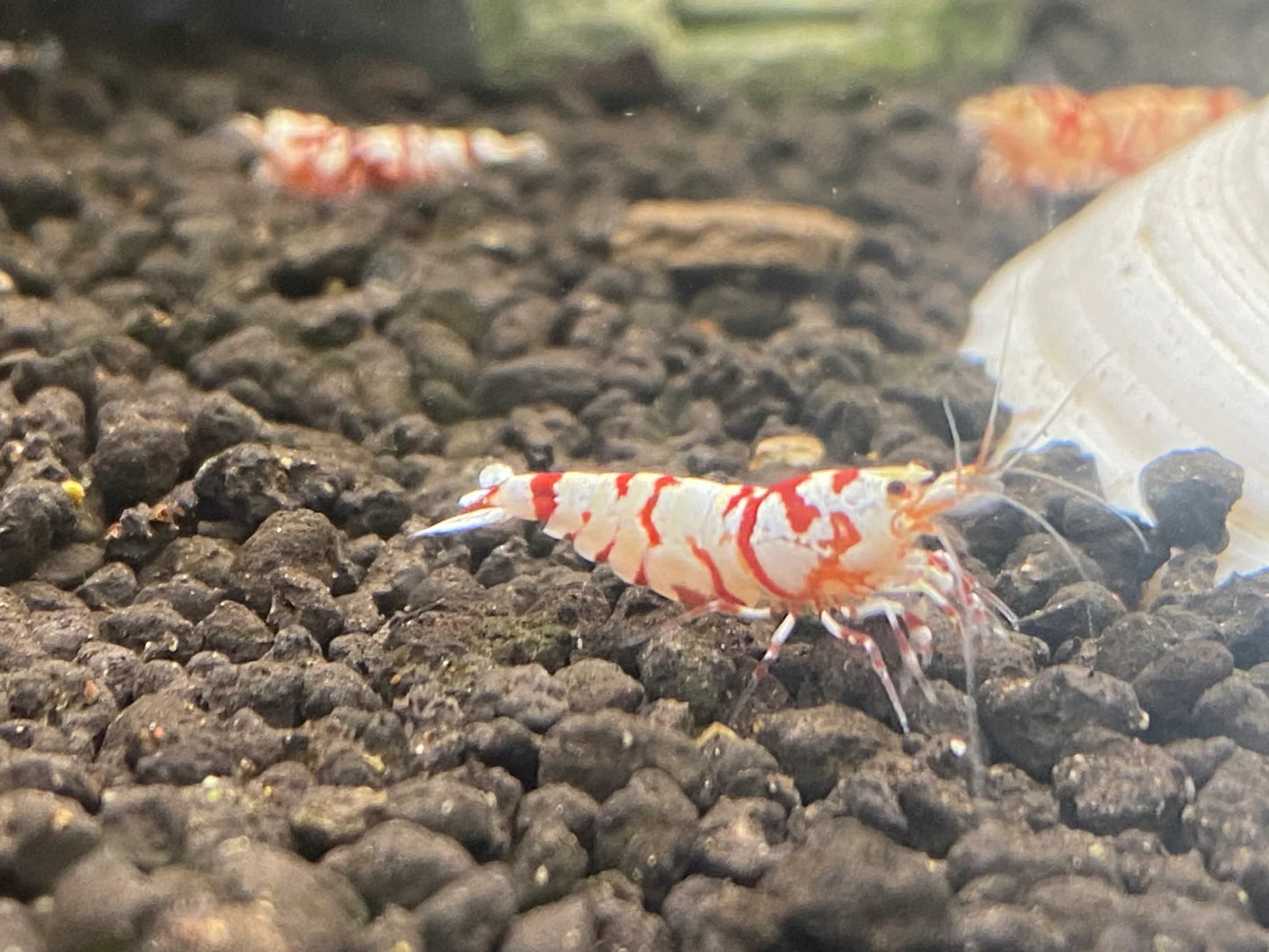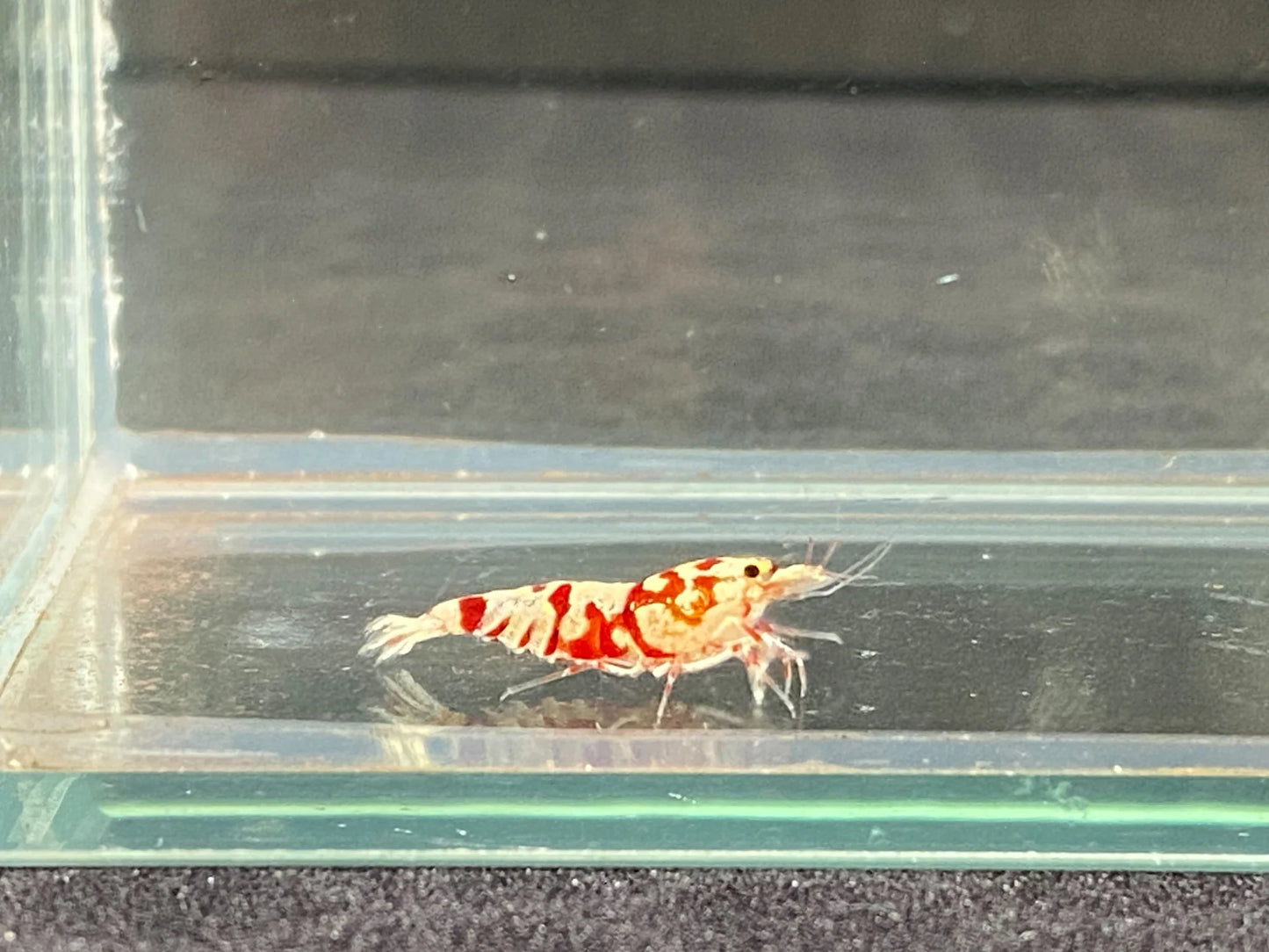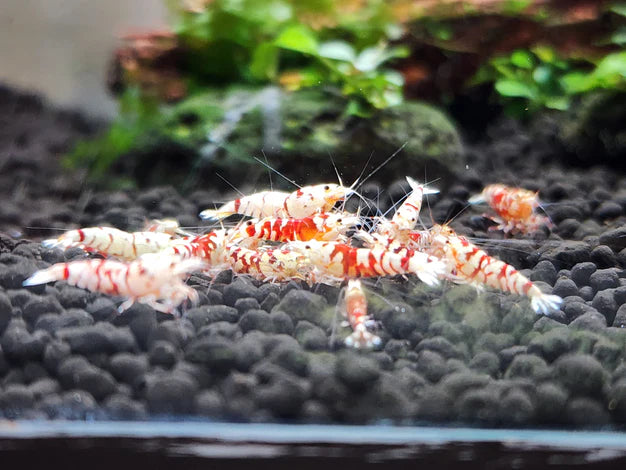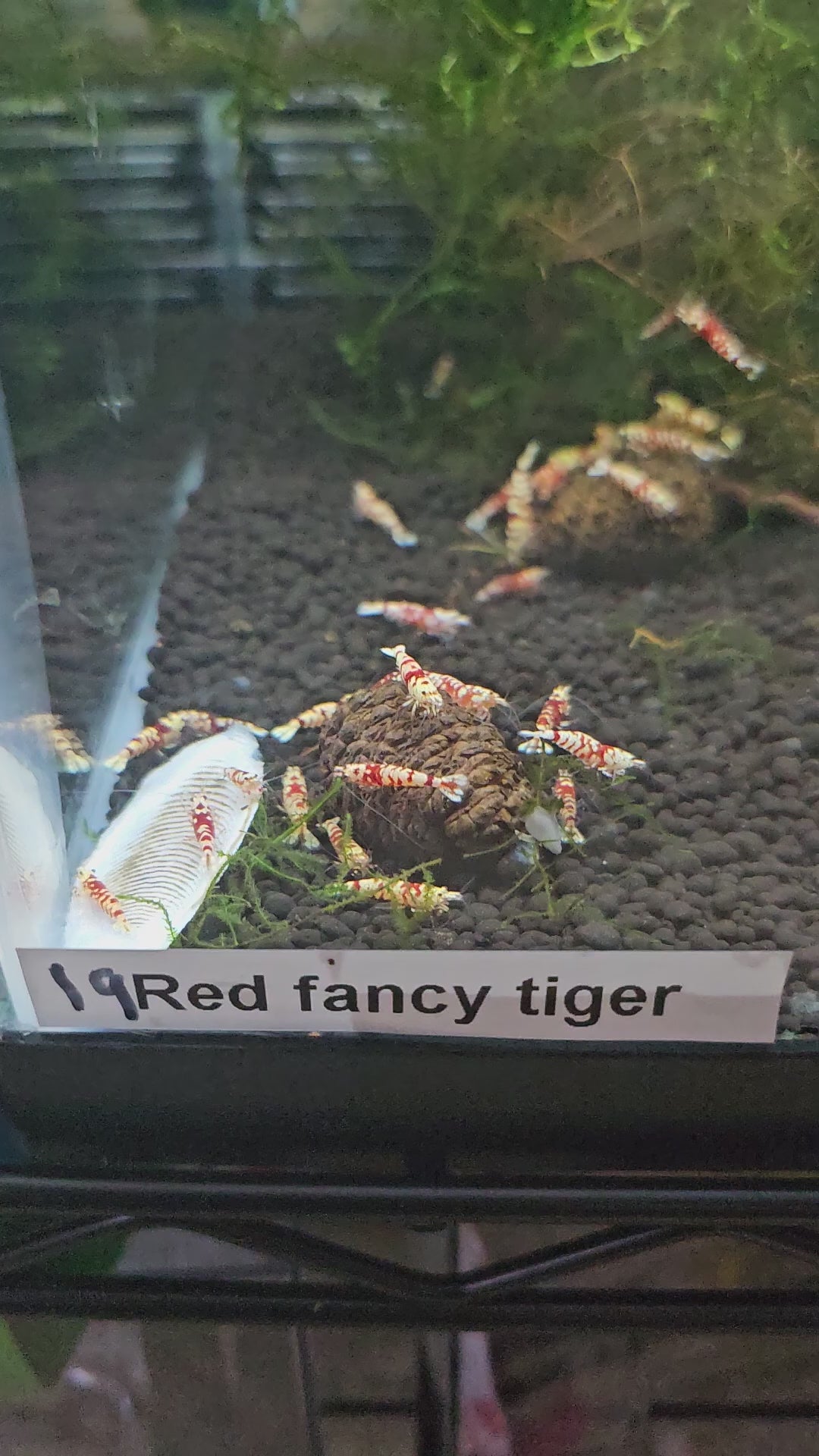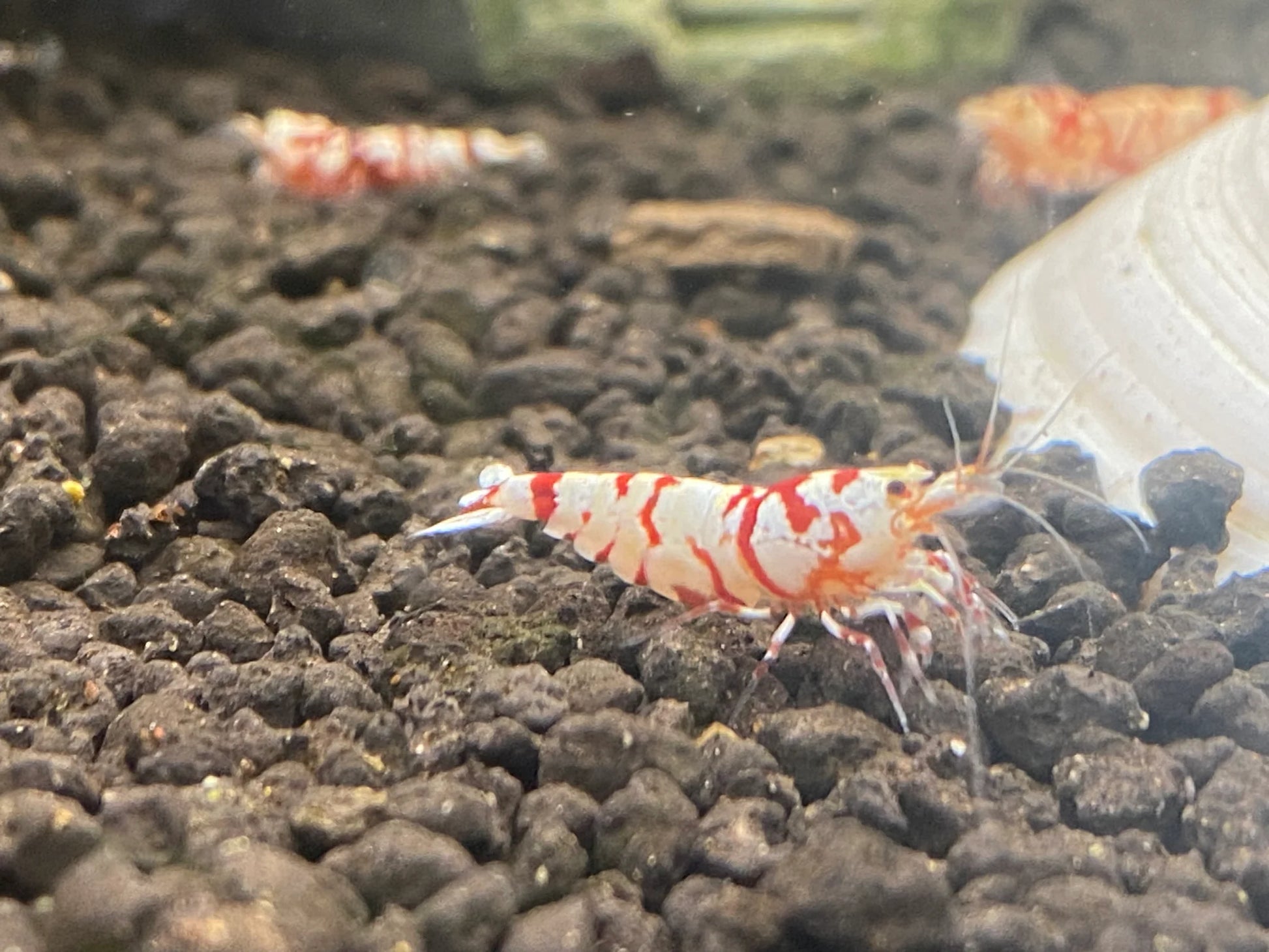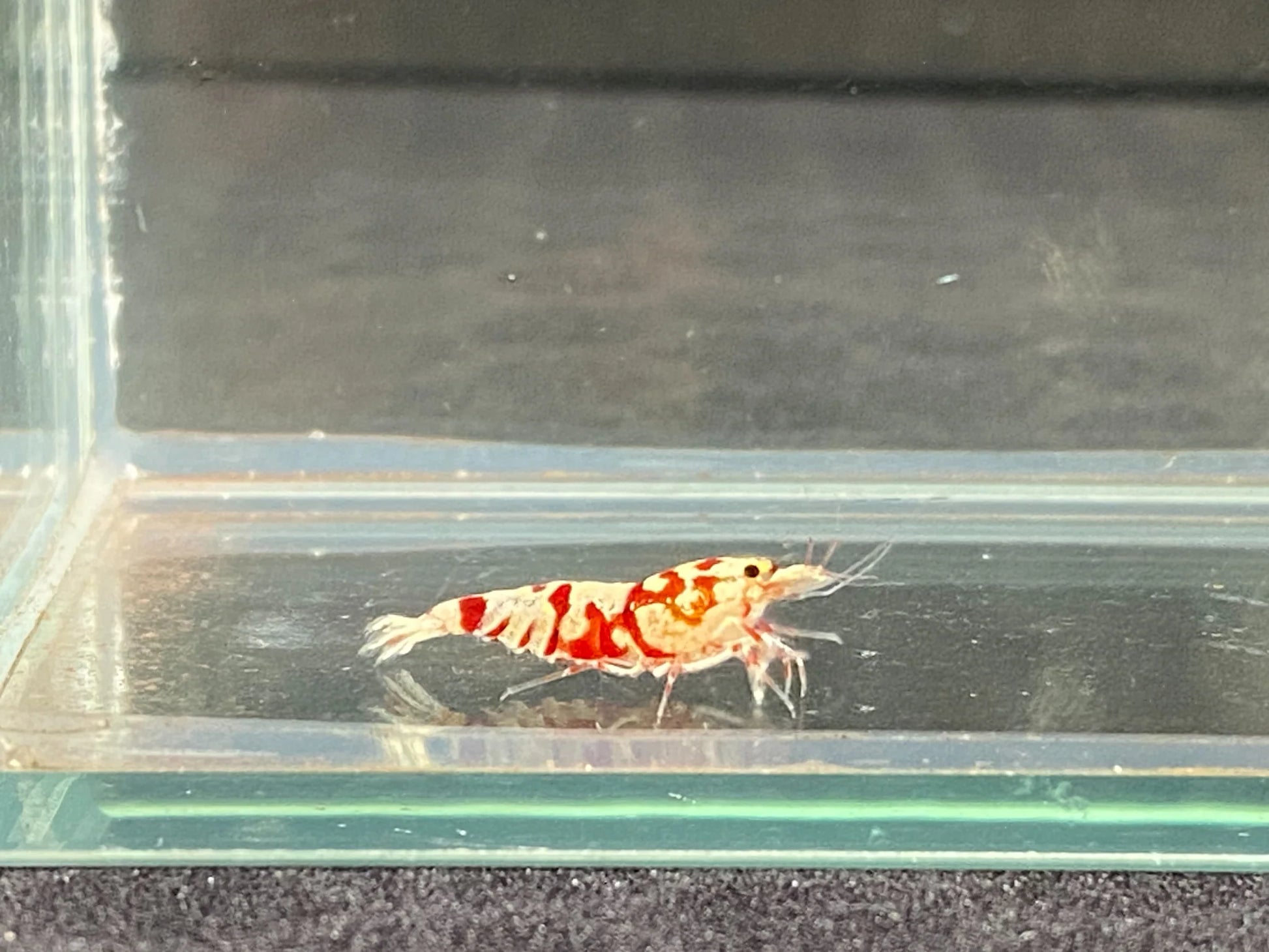1
/
of
4
Red Fancy Tiger A/S Grade
Red Fancy Tiger A/S Grade
Regular price
$60.00 USD
Regular price
Sale price
$60.00 USD
Unit price
/
per
Shipping calculated at checkout.
Couldn't load pickup availability
The Shrimp can grow up to a maximum size of about 2.0 inches in length.
Recommended Tank Parameters
- pH level range: 6.2-6.6
- Temperature range: 68 - 73°F
- Water type: KH 0, Gh 4-5 TDS 110-125
The way we pick out these for you is thru few criterias:
1. We pick the shell color thickness, thicker the better.
2. We look for pattern and also the coverage of the colors on the shrimp.
3. We pick the ones that is over the value of what our customers pays. (it's kinda like what we would want to pay to get these shrimps for retail).
Check Water Parameters
Share
